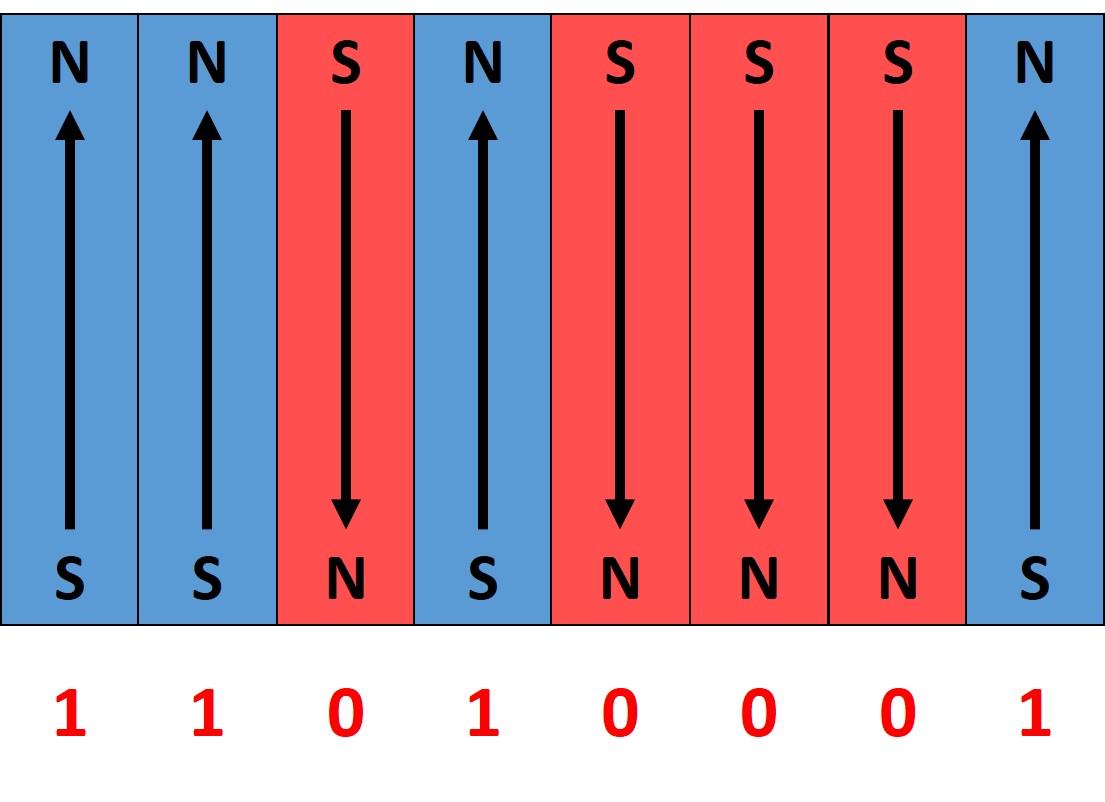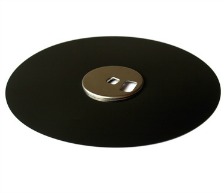- Home
- Floppy Disks
- Floppy Disk Capacity
Floppy Disk Capacity
The floppy disk capacity is low compared to many of the digital storage formats that are available today such as CDs, DVDs, hard disks, and data tapes. The maximum capacities of the diskette formats are generally in the 80 KB to 1.44 MB range. The main exception is the Zip disk with capacities of 100 MB, 250 MB, and even 750 MB.
In comparison to CD and DVD optical disc media, it would take about 486 of 3.5-inch floppy disks (1.44 MB capacity) to fill a CD and 3264 of 3.5-inch floppy disks to fill a single-layer DVD. Files that are used nowadays are large. For example, a standard audio track of CD quality is about 50 MB. A typical high quality digital photographic image is at least 10 MB and usually larger than this. Video files of any decent quality are much larger than audio and picture files. Therefore, it is obvious that floppy disk capacity is not suitable for digital scrapbooking storage projects.
Layout of Information on a Diskette
The information or data on a floppy disk is laid out in concentric circles, which are called tracks. This differs from optical media where the data is laid out in a spiral pattern. The tracks on a floppy disk are further divided into wedges or sectors. The number of sectors per track on a diskette is constant.
Storage of Information on a Magnetic Disk
It is the magnetic particles on the disk that store the information. The actual data is represented on the disk via the alignment of the magnetic particles in the binder layer of the diskette. With the application of a magnetic field, the magnetic particles can aligned themselves in one of two ways as shown in the following schematic image.

One orientation is made to represent a “1” in the binary code and the other orientation the “0” in the code. By varying the orientation, the binary code for the stored information is formed.
Floppy Disk Capacity
The floppy disk capacity vary depending on the size of the disk and the format. There are various designations of disk storage capacity and some of these are summarized below for the various sized disks. The list below indicates some of the most common capacities. There were several other floppy diskettes with different storage capacities and different sizes available as well, but these are not shown as they were generally less popular.
8-inch Floppy Disk Capacity
The first 8-inch floppy had a capacity of a very low 80 KB. After that a variety of other versions were introduced with high capacities as listed:
- SSSD – Single Sided Single Density – 250 KB
- DSSD – Double Sided Single Density – 500 KB
- DSDD – Double Sided Double Density – 1.2 MB
5.25-inch Floppy Capacity
Four different version of this format were produced. The most common floppy disk capacity was the double-sided high density one.
- SS – Single Sided – 110 KB or 160 KB storage capacity
- DS – Double Sided or DD – Double Density – 360 KB
- QD – Quad Density – 720 KB
- DSHD – Double Sided High Density or HD – High Density – 1.2 MB
3.5-inch Floppy Disk Capacity
This size was probably the most highly used one and the most common by far and likely to be found in collections was the High Density version.

- SS – Single Sided – 280 KB storage capacity
- DD – Double Density – 720 KB
- HD – High Density – 1.44 MB
- ED – Extended Density – 2.88 MB